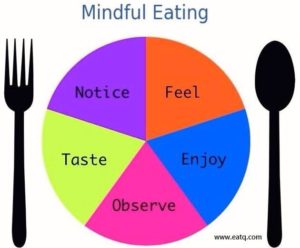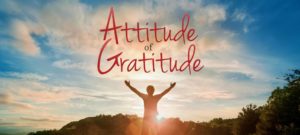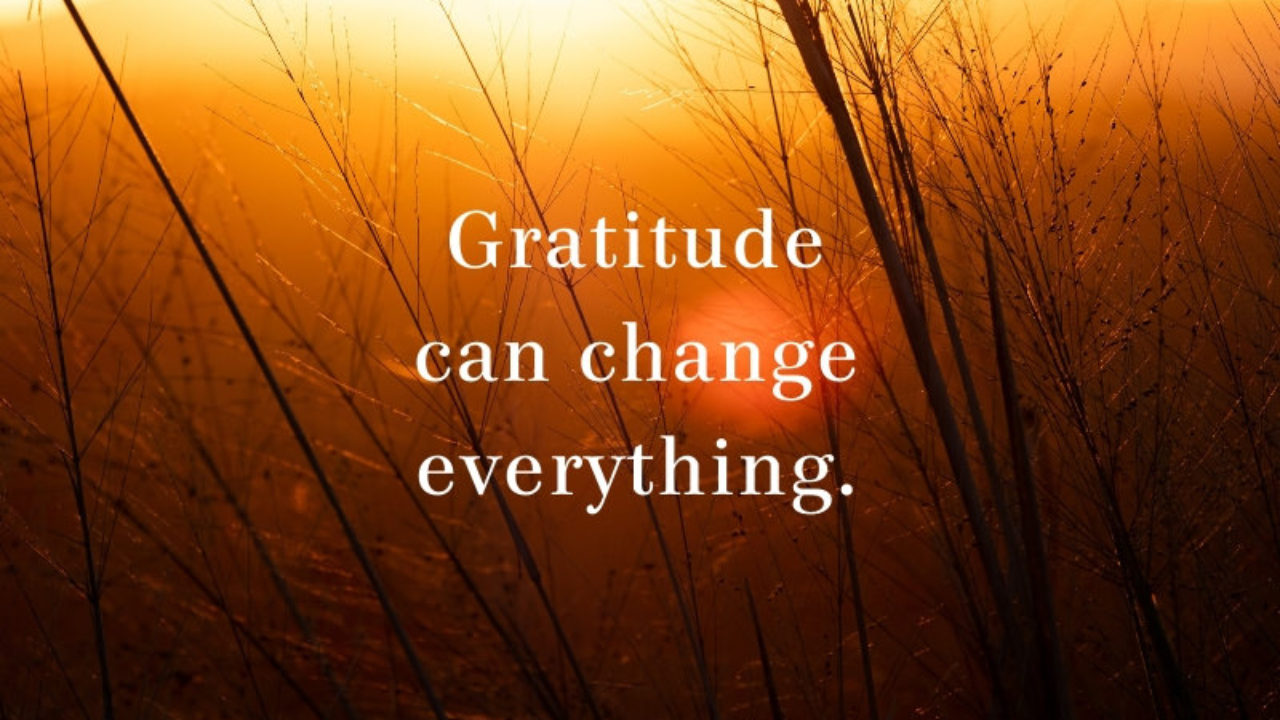In the book The
Way of the Mindful Education, Daniel Rechtschaffen suggests that perhaps one of
the first forms of mindfulness was animal tracking.
Close your eyes
for a minute and put yourself in the footsteps of someone from a time in which
you did not go to the store for food. Take a deep breath and picture yourself getting
ready to track an animal you need, to be able to feed your family. From
childhood you were taught by your elders how to track the animals you were
seeking out. The way they taught you was to take you on a tracking hike. They
showed you the tracks, they spoke the words into you. You didn’t sit and read
about the tracking process, you lived it as you were taught it.
As you were living
the teaching of tracking animals you were also taught to have an awareness of
yourself and your surroundings. You were taught that as you tracked an animal,
it was very likely, another animal was tracking you. If you wanted to survive
you needed to have a total awareness of your present moment. You needed to be
mindful!
This mindful
living taught you to calm your body, slow your breathing, keep your focus on
the present and your surroundings. As you learned about animals, you learned to
control yourself. You were living your lesson of self-control.
George Leoniak the
author of The Mindful Tracker, is an internationally known and certified
tracker who teaches mindfulness alongside tracking. He talks about not putting
projections into the tracking experience. He states it is best to have an open
mind and not assume a track is a squirrel track until you study it, track it,
and know it. He talks about how this relates to how we see ourselves and others
and not putting projects onto others and getting to know them and getting to
know ourselves.
George talks about
never taking cell phones into a tracking environment to ensure you are full
submerged in the experience, to find the zen, to be mindful. We can use this
lesson to help us remember to put aside distractions an be fully present in our
mindful experiences.
If you’d like to
learn more from George check out his website - http://mindfultracker.com/
Now that we have
explored the origin of mindful tracking and creating self-control let’s find a
way to live this and pass it along to our students.
I would not
suggest taking your students on a tracking adventure outside. That being said
we can do a mock-tracking inside.
For this week’s
mindfulness, after you have worked with your students to understand that
background to mindful tracking, practice the tracking!
Maybe you simply
read to them from the blog. Or maybe you get super creative and create a
tracking story to tell your students. Make sure to talk about taking slow deep
breaths, having quiet steady slow steps, keep focused wide eyes, and use your
ears to listen for signs of what is and is not in your surroundings.
After you have
created the back story, taught the mindful self-control, practice! Please!!! I
have taken the time to put animal tracks around the building. I encourage you
to take a mindful walk around the building, find a set of animal tracks (there
are a few different sets) and track the animal.





